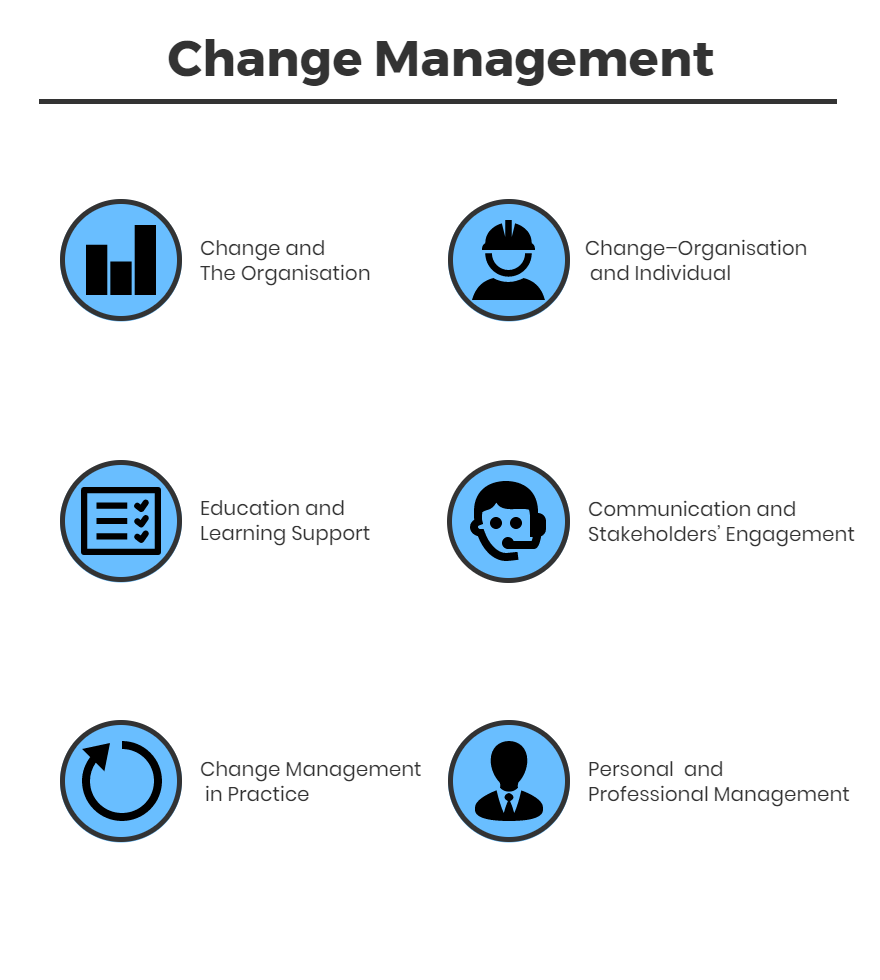The extent of the change is controlled by the Change Advisory Board i.e (CAB) which actually examine the 7 R’s that are added in the process of change. These 7 R’s are as following:
Resource: What are the different resources that are essential to make a change successful? what is the maximum time one needs to manage that resource? what is the maximum budget we can ask from the organisation? The quality of the resources is also the important factor that needs to be included in it.
Reason: Does change require? Why one organization needs any change? To what extent change should be there in it. All the changes applied in the best possible way.
Return: what is the return organization needs from the change? After that, the proper evaluation of the work needs to be undertaken. The best change credit goes to the workforce and the one who is leading them.
Relationship: what is the relationship between the change and other requested change ? is its congruence with the earlier change and proper scrutinization is required.
Risks: one of the most important factors is to take a calculated risk while going for a change. What types of risk are there?
Responsible: who is responsible for build, test and implementation of the change? It is very challenging task to look for the right leader in the organisation. so, whenever a project met any kind of status whether get successful or meet with failure. So, who will come and take responsibility is the important thing?
This course covers the following topics:





